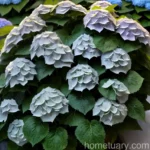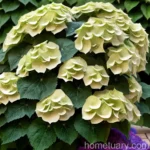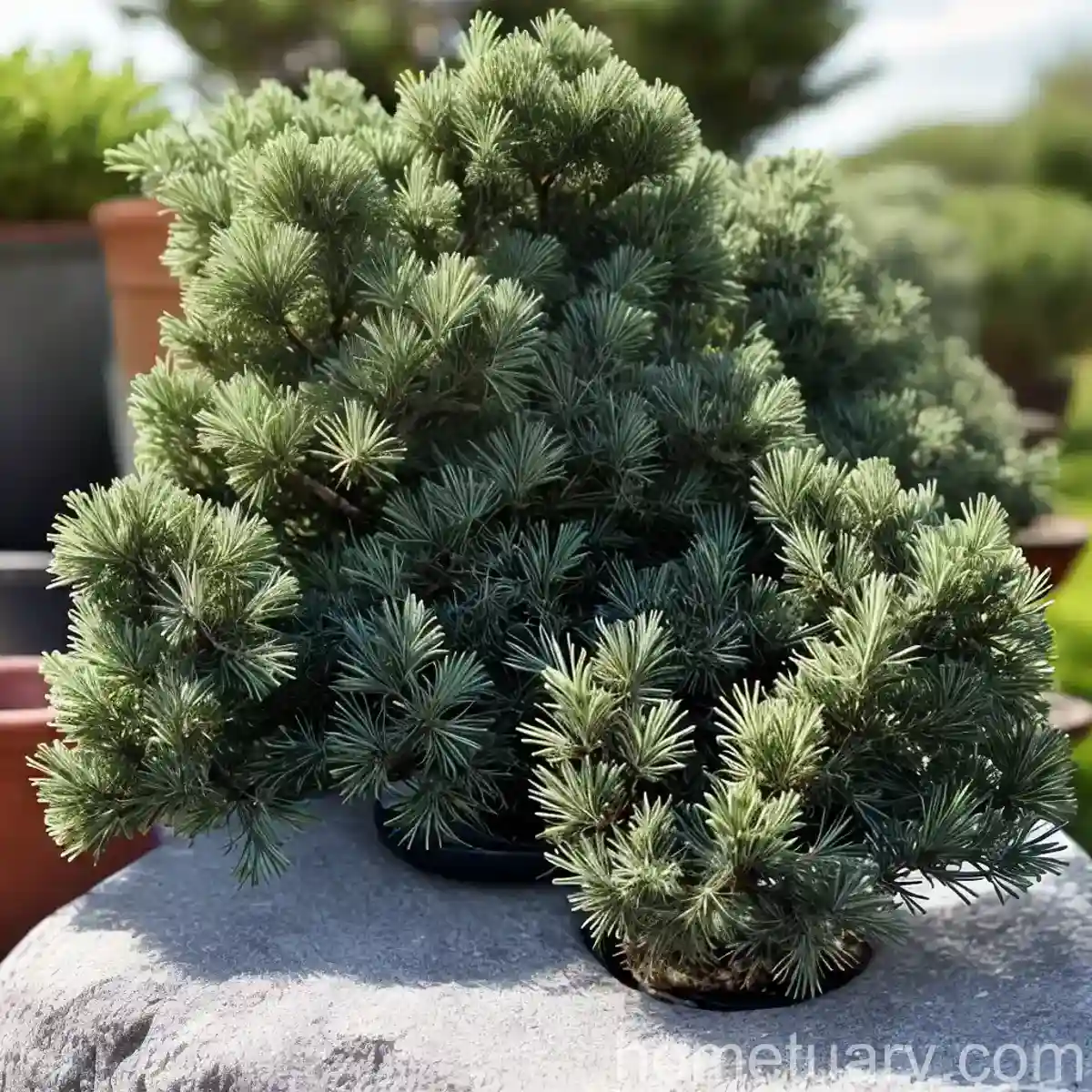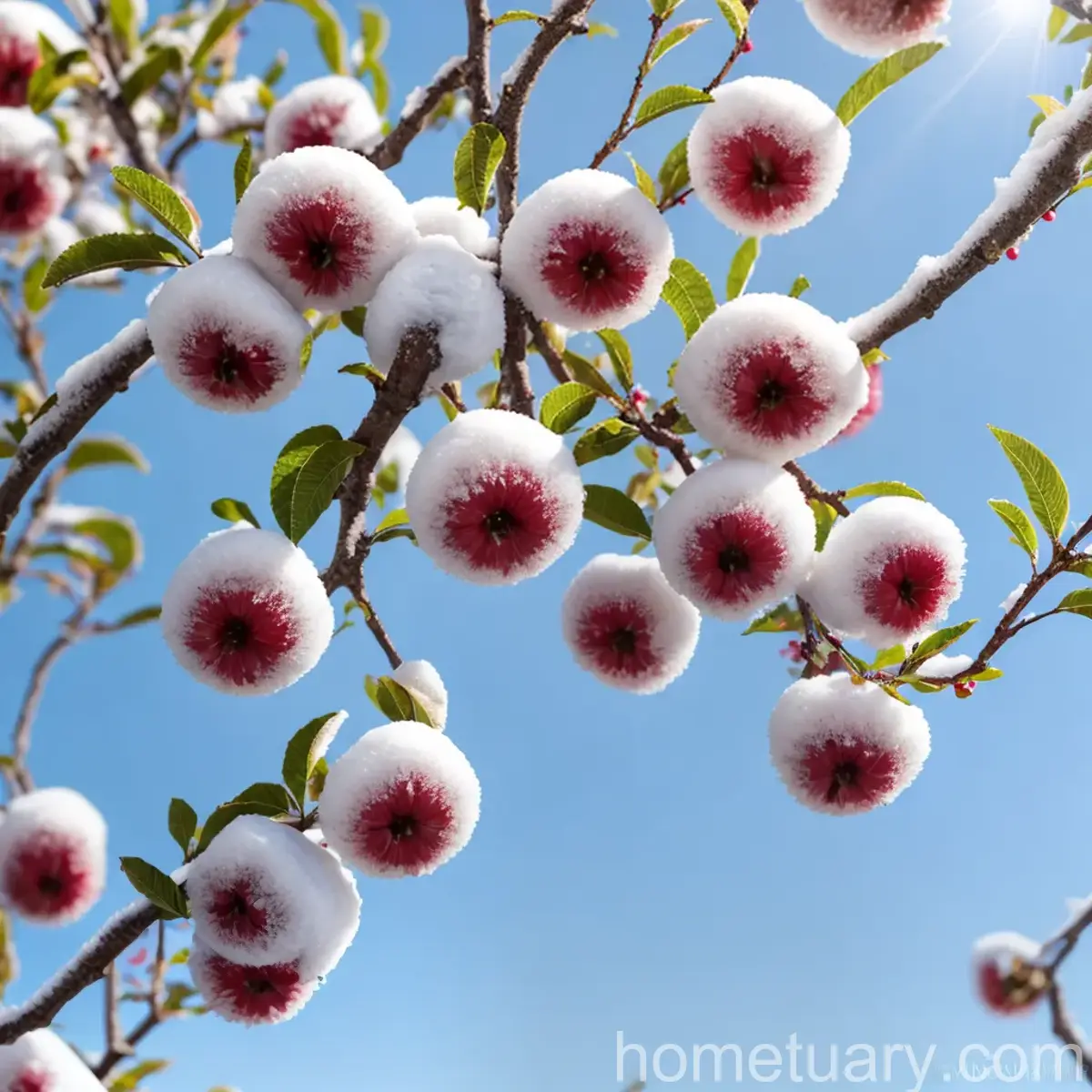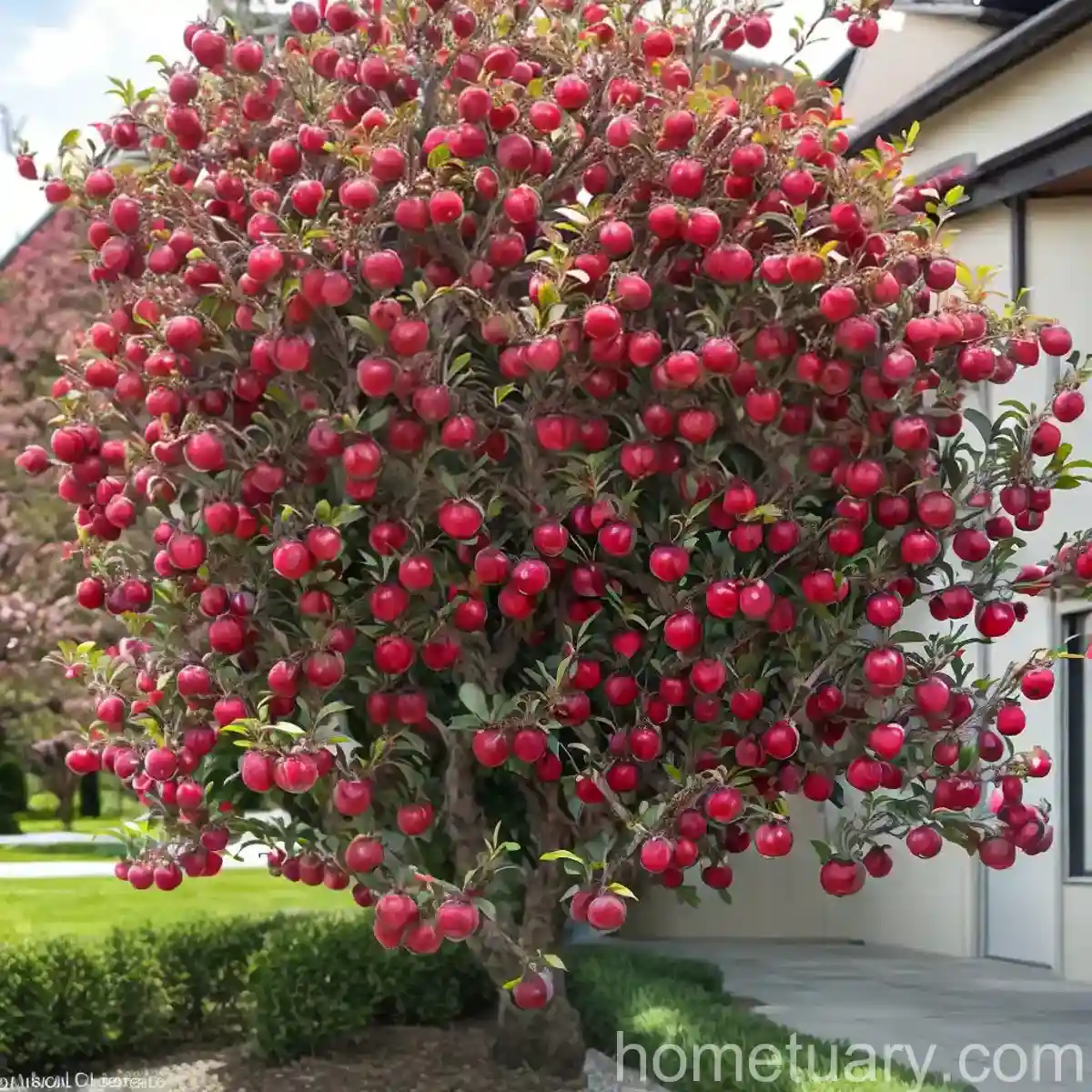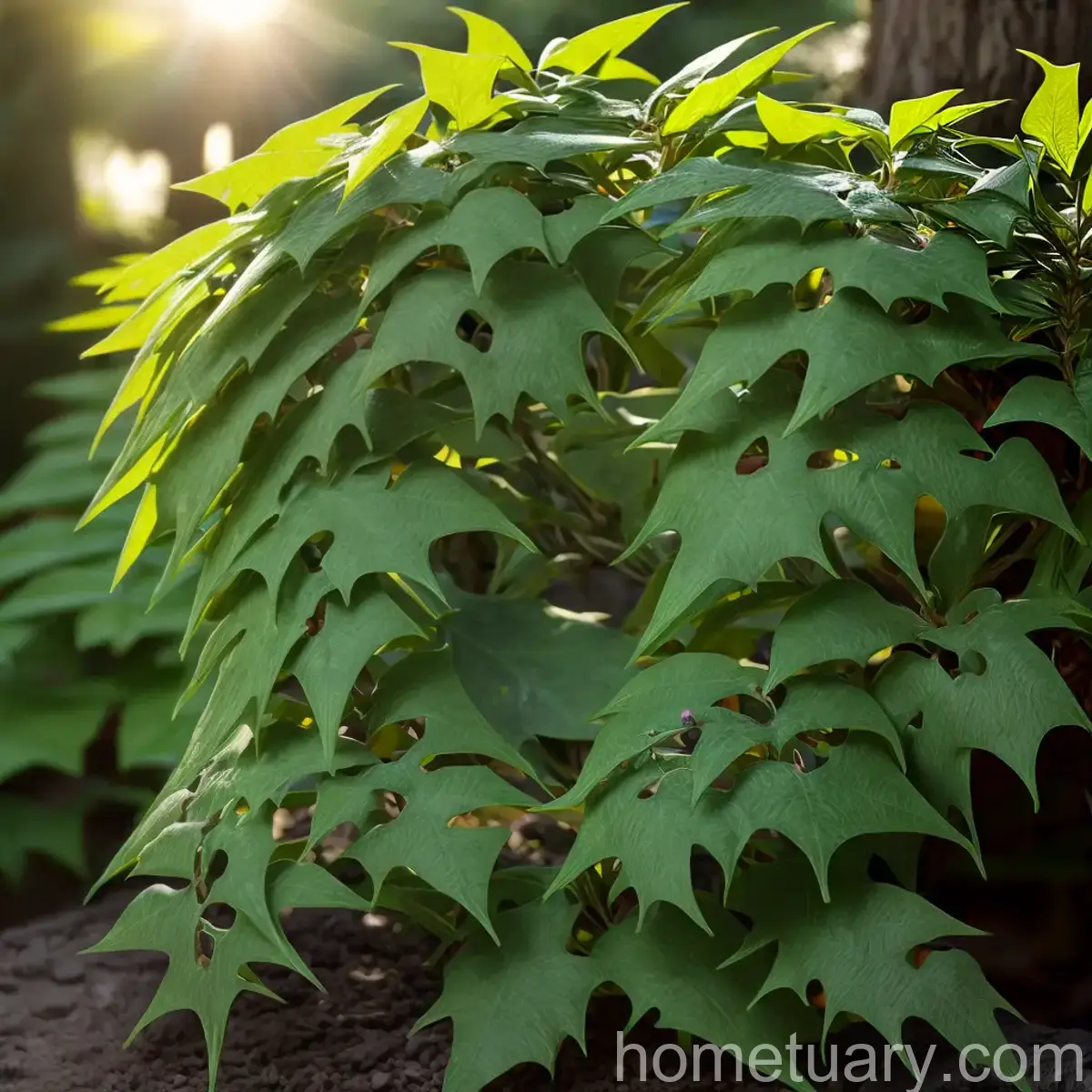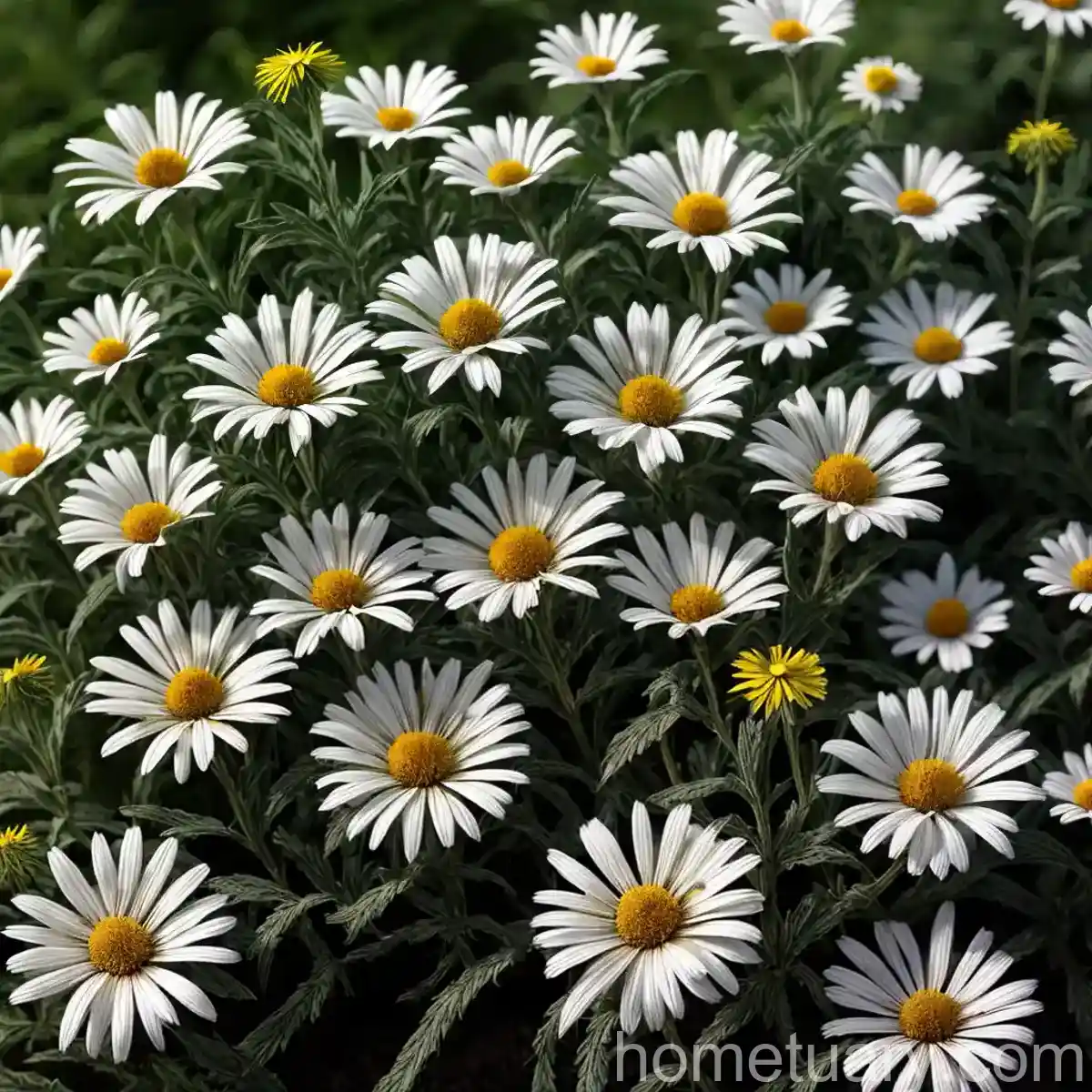The Bigleaf Hydrangea (Hydrangea macrophylla ‘Merritt’s Supreme’)
Bigleaf hydrangeas, scientifically known as Hydrangea macrophylla ‘Merritt’s Supreme’, are popular ornamental plants appreciated for their large and showy flower heads. These shrubs are native to Japan and Korea and are cherished for their stunning blooms that change in color depending on the soil’s acidity. In this comprehensive guide, we will explore everything you need to know about caring for the bigleaf hydrangea, from cultivation and uses to common diseases and pests that affect this plant.
What is the Bigleaf Hydrangea (Hydrangea macrophylla ‘Merritt’s Supreme’)?
The bigleaf hydrangea, or Hydrangea macrophylla ‘Merritt’s Supreme’, is a deciduous shrub that belongs to the Hydrangeaceae family. This beautiful flowering plant is known for its mophead or lacecap flowers, which can range in color from pink, blue, or purple depending on the pH of the soil. The ‘Merritt’s Supreme’ variety is particularly prized for its robust growth and stunning floral display.
Key Takeaways
Before diving into the specifics of caring for the bigleaf hydrangea, let’s take a look at the key takeaways that will be covered in this guide:
- Culture: Understanding the optimal growing conditions for bigleaf hydrangeas.
- Uses: Exploring the various landscape applications and ornamental uses of Hydrangea macrophylla ‘Merritt’s Supreme’.
- Water: Learning about the watering requirements of this plant and how to maintain optimal soil moisture.
- Sunlight: Identifying the preferred sunlight conditions for bigleaf hydrangeas.
- Fertilizer: Discovering the best fertilization practices to promote healthy growth and abundant blooms.
- Soil: Examining the ideal soil composition and pH levels for bigleaf hydrangeas.
- Pruning: Understanding how and when to prune Hydrangea macrophylla ‘Merritt’s Supreme’ for optimal growth and flowering.
- Propagation: Exploring methods for propagating bigleaf hydrangeas to expand your garden.
- Container Popularity: Discussing the allure of growing bigleaf hydrangeas in containers.
- Common Diseases: Identifying prevalent diseases that affect bigleaf hydrangeas and how to diagnose them.
- Common Pests: Understanding the common pests that can pose a threat to the health of Hydrangea macrophylla ‘Merritt’s Supreme’.
- Botanist’s Tips: Providing expert tips and insights into the care and maintenance of bigleaf hydrangeas.
- Fun Facts: Uncovering interesting and lesser-known facts about bigleaf hydrangeas.
- Links to External Resources: Providing additional references and resources for further exploration.
Now that we have an overview of the topics we will be covering, let’s delve into the detailed care guide for the bigleaf hydrangea.
Culture of the Bigleaf Hydrangea
Cultivating the bigleaf hydrangea successfully involves understanding and providing the ideal growing conditions for this stunning shrub. Here are some crucial cultural factors to consider when caring for Hydrangea macrophylla ‘Merritt’s Supreme’:
Water
- Watering Requirements: Bigleaf hydrangeas prefer consistently moist, well-draining soil. It’s essential to ensure that the plant receives adequate water, especially during dry spells, to promote healthy growth and flowering.
- Watering Schedule: During the active growing season, it’s recommended to water the plant deeply at least once a week, ensuring that the soil around the root zone remains evenly moist. Adjust the frequency based on environmental conditions and soil moisture retention.
- Mulching: Applying a layer of organic mulch around the base of the plant can help to retain soil moisture and regulate temperature fluctuations, contributing to overall water conservation.
Sunlight
- Sun Requirements: While bigleaf hydrangeas appreciate some morning sunlight, they generally thrive in partial shade or dappled light, particularly in regions with hot or intense summer sun. Protecting the plant from harsh afternoon sun can prevent wilting and sunburn of the foliage.
- Shade Tolerance: These hydrangeas exhibit excellent tolerance to shade, making them suitable for growing in woodland gardens or shaded borders where they can receive filtered light throughout the day.
Fertilizer
- Fertilization Schedule: To support robust growth and abundant blooms, it’s advisable to fertilize bigleaf hydrangeas in early spring as new growth emerges. Opt for a balanced, slow-release fertilizer formulated for flowering shrubs to provide a steady supply of nutrients throughout the growing season.
- Soil Amendments: Incorporating organic matter such as compost or well-rotted manure into the soil can enrich the nutrient content and improve the overall soil structure, enhancing the plant’s growth and vigor.
Soil
- Soil Composition: Bigleaf hydrangeas thrive in well-draining, loamy soil with a slightly acidic to neutral pH. Ensure that the soil is rich in organic matter to support healthy root development and moisture retention while preventing waterlogged conditions.
- Soil pH and Flower Color: The fascinating aspect of bigleaf hydrangeas is their ability to change flower color based on the soil’s pH. Acidic soil tends to produce blue flowers, while alkaline or neutral soil results in pink or purple blooms. You can modify the flower color by adjusting the soil pH using appropriate amendments such as aluminum sulfate for blue flowers or hydrated lime for pink flowers.
Pruning and Propagation
Proper pruning and propagation techniques are essential for maintaining the health and vigor of bigleaf hydrangeas and propagating new plants for your garden. Let’s explore the best practices for pruning and propagation:
Pruning
- Pruning Timing: The timing of pruning bigleaf hydrangeas is crucial for ensuring the plant’s flowering performance. Since they bloom on old wood, it’s best to prune them immediately after flowering, typically in late summer or early fall, to allow ample time for new flower buds to develop for the following year.
- Pruning Techniques: When pruning, focus on removing any dead or weak branches, as well as selectively trimming back the stems to maintain a balanced and compact shape. Avoid heavy pruning, as it can reduce the potential for flowering in the next season.
Propagation
- Propagation Methods: Bigleaf hydrangeas can be propagated through various methods, including softwood cuttings, hardwood cuttings, and layering. Softwood cuttings taken in late spring or early summer generally yield high success rates and can be rooted in a moist and well-draining propagation medium to establish new plants.
Growing Bigleaf Hydrangea in Containers
The allure of growing bigleaf hydrangeas in containers is undeniable, offering versatility in landscape design and the ability to control growing conditions. Here are some considerations for growing Hydrangea macrophylla ‘Merritt’s Supreme’ in containers:
- Container Selection: Choose a large and sturdy container with adequate drainage holes to accommodate the plant’s root system and allow excess moisture to escape. Opt for a high-quality potting mix that provides excellent drainage while retaining sufficient moisture for the plant’s needs.
- Watering and Fertilization: Container-grown bigleaf hydrangeas may require more frequent watering, especially during hot and dry periods, as the soil in containers tends to dry out faster. Employ a regular fertilization schedule using a balanced, water-soluble fertilizer to support the plant’s nutrient requirements.
Common Diseases and Pests
Despite their stunning appearance, bigleaf hydrangeas are susceptible to certain diseases and pests that can affect their overall health and vitality. Understanding these potential challenges is essential for implementing preventive measures and early intervention. Let’s explore some common diseases and pests associated with Hydrangea macrophylla ‘Merritt’s Supreme’:
Common Diseases
- Powdery Mildew: Powdery mildew is a fungal disease that can affect the foliage of bigleaf hydrangeas, leading to the development of powdery, white patches on the leaves. To prevent powdery mildew, ensure proper air circulation around the plant, avoid overhead watering, and consider applying fungicidal treatments if necessary.
- Leaf Spot: Leaf spot diseases can manifest as dark spots or lesions on the leaves, compromising their health and appearance. Maintaining good sanitation practices and removing any affected foliage can help reduce the spread of leaf spot diseases.
- Cercospora Leaf Spot: Cercospora leaf spot is another common fungal disease that can cause dark, angular spots on the leaves, often leading to premature leaf drop. Proper watering practices and regular monitoring can aid in early detection and management of this disease.
Disease Diagnosis
- Leaf Inspection: Regularly inspect the foliage of bigleaf hydrangeas for any signs of discoloration, spotting, or abnormal growth. Identifying and addressing potential disease issues early can prevent widespread damage and promote the plant’s overall health.
Common Pests
- Aphids: Aphids are soft-bodied insects that can congregate on the tender shoots and undersides of leaves, sucking out plant sap and potentially causing distortion or discoloration of the foliage. Natural predators such as ladybugs can help control aphid populations, and insecticidal soaps or horticultural oils can be employed if infestations become problematic.
Botanist’s Tips
To ensure the optimal care and maintenance of bigleaf hydrangeas, consider the following expert tips from botanists and horticultural specialists:
- Early Spring Inspection: Conduct a thorough inspection of the plant in early spring to assess its overall health, identify any winter damage, and plan necessary interventions such as pruning or fertilization.
- Maintain Soil Moisture: Consistently monitor and manage the soil moisture levels to provide the plant with the ideal growing conditions. Avoid waterlogged soil while ensuring that the root zone remains adequately hydrated.
- Seasonal Mulching: Apply a fresh layer of mulch around the base of the plant in spring to replenish organic matter, suppress weed growth, and regulate soil temperature and moisture levels throughout the growing season.
Fun Facts about Bigleaf Hydrangeas
- Color Alteration: The ability of bigleaf hydrangeas to change flower color based on soil pH is a remarkable phenomenon. This natural feature allows gardeners to create stunning color displays by manipulating the soil acidity levels.
- Longevity of Blooms: The large and showy flower heads of the ‘Merritt’s Supreme’ variety can persist on the plant for an extended period, offering enduring beauty in the garden landscape.
- Seasonal Changes: Bigleaf hydrangeas undergo seasonal transformations, from vibrant blooms in spring and summer to striking fall foliage as the leaves transition to shades of red, bronze, and burgundy.
- Versatile Uses: In addition to serving as ornamental shrubs in gardens and landscapes, bigleaf hydrangeas are popular choices for cut flower arrangements and can be dried for decorative purposes, extending their visual appeal beyond the growing season.
Links to External Resources
For additional information and resources on caring for bigleaf hydrangeas, explore the following links:
- American Hydrangea Society
- The Royal Horticultural Society: Hydrangeas
- University of Florida IFAS Extension: Hydrangea macrophylla
These external resources can provide valuable insights, expert recommendations, and in-depth guidance on cultivating and maintaining bigleaf hydrangeas in various garden settings.
In conclusion, the bigleaf hydrangea (Hydrangea macrophylla ‘Merritt’s Supreme’) is a captivating ornamental shrub renowned for its spectacular blooms and versatile landscape applications. By understanding and implementing the appropriate cultural practices, addressing common diseases and pests, and drawing upon expert tips, you can enhance the growth, beauty, and longevity of these remarkable plants in your garden.
Remember to embrace the natural color-changing abilities of bigleaf hydrangeas, experiment with different propagation methods, and provide attentive care to unveil the full potential of Hydrangea macrophylla ‘Merritt’s Supreme’ in your outdoor spaces.
Whether you’re a seasoned gardener or a novice enthusiast, the allure of bigleaf hydrangeas is undeniable, offering enduring beauty and endless possibilities for creative landscape design and floral artistry. With the knowledge and insights shared in this comprehensive guide, you’re well-equipped to embark on a rewarding journey of cultivating, admiring, and celebrating the enchanting allure of the bigleaf hydrangea.
Happy gardening and may your bigleaf hydrangeas flourish with vibrancy and elegance in every season!





